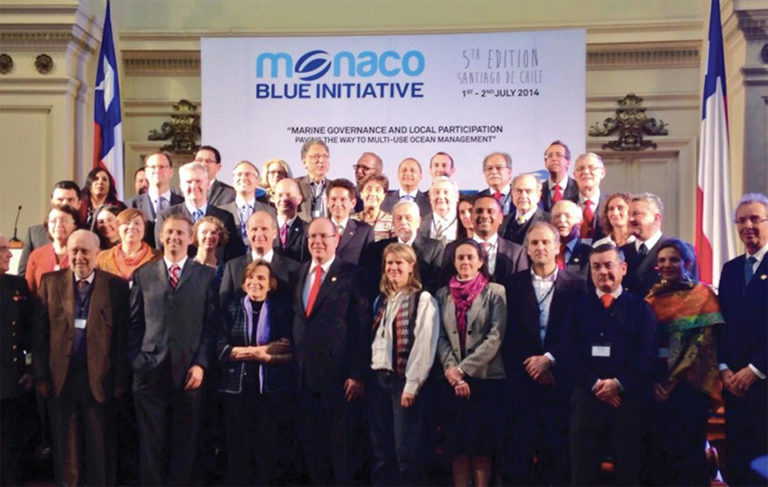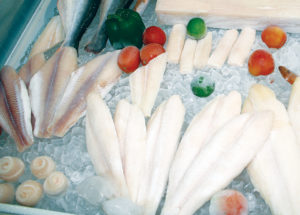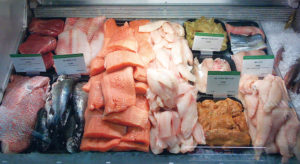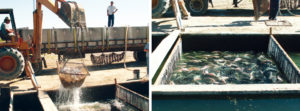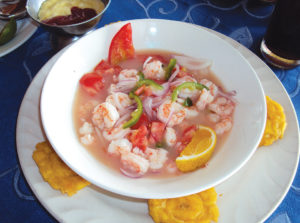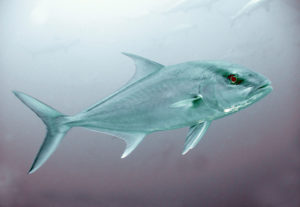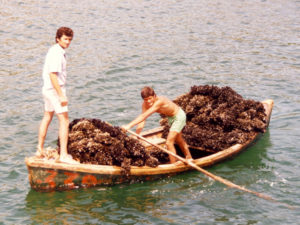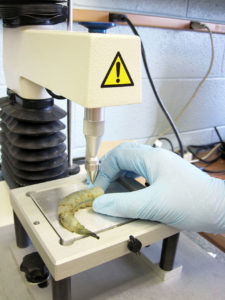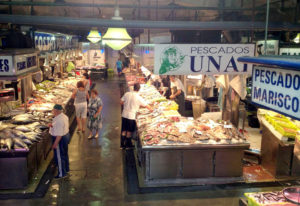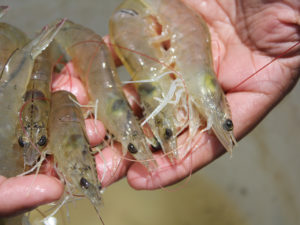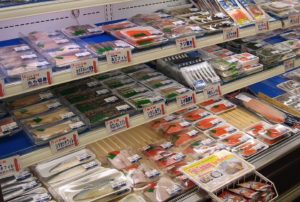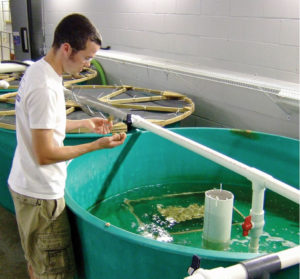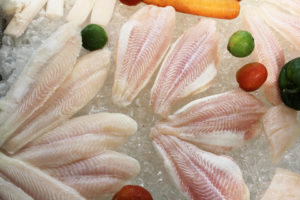
Is the seafood story that complicated?
The United States Food and Drug Administration has updated its advice for pregnant women on mercury and seafood with greater emphasis on the benefits of eating fish. This is a positive story, but reporting on the new perspective muddied its message with opinion and innuendo. Let us all find the way to continue to promote aquaculture’s healthy, renewable products in ways that keep the stories simple, so the messages are not lost on the journey to consumers.

